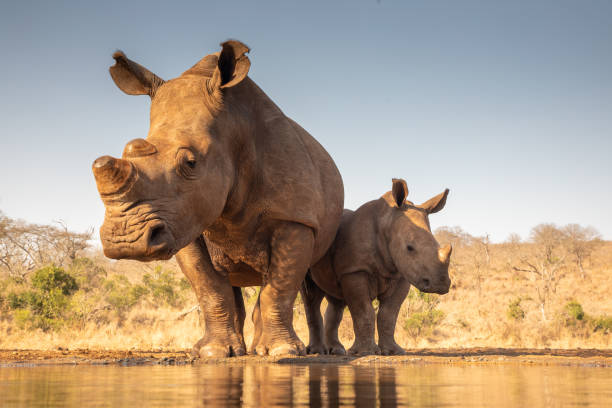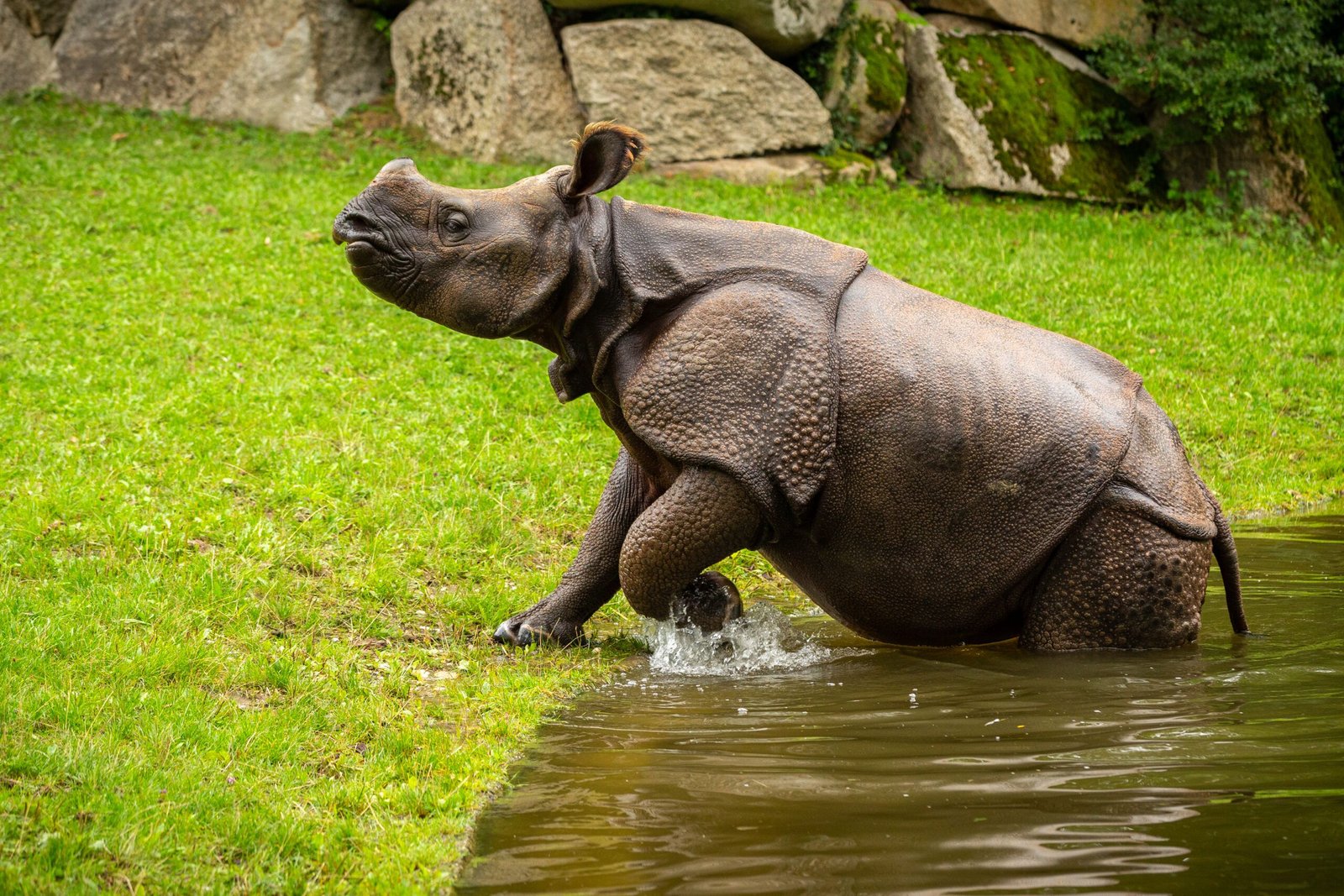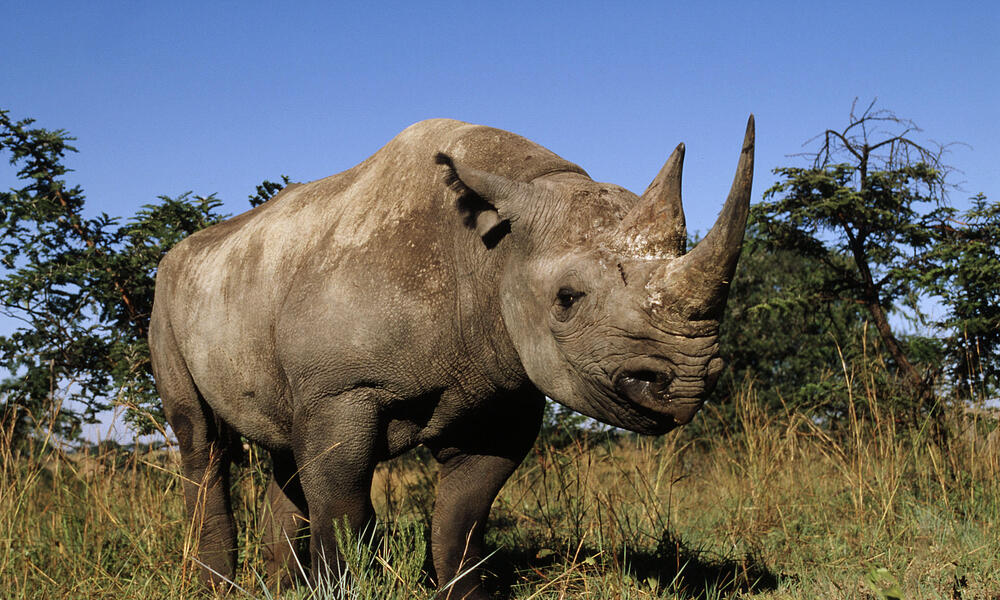Rhinoceros: Guardians of the Wild
Rhinoceroses, often referred to simply as rhinos, are magnificent creatures that roam the grasslands and forests of Africa and Asia. These iconic mammals, characterized by their massive size and distinctive horns, have captivated the imaginations of people around the world. Let’s delve into the world of rhinoceroses and explore their unique characteristics, habitat, and the conservation efforts aimed at protecting these majestic beasts.

Rhinoceroses are large, herbivorous mammals belonging to the family Rhinocerotidae. There are five extant species of rhinos: the Sumatran rhinoceros, the Javan rhinoceros, the Indian rhinoceros, the white rhinoceros, and the black rhinoceros. Each species varies in size, habitat, and physical appearance, but they all share common traits such as a robust body, relatively short legs, and thick, protective skin.
One of the most distinctive features of rhinos is their horns, which are made of keratin—the same protein found in human hair and nails. Despite myths surrounding their medicinal properties, rhino horns have no proven medical benefits and are primarily used for defense, dominance displays, and foraging. Unfortunately, this misconception has fueled illegal poaching, driving many rhino species to the brink of extinction.

Rhinoceroses inhabit a variety of habitats ranging from savannas and grasslands to tropical forests and swamps. They are primarily found in sub-Saharan Africa and parts of Asia, with each species occupying specific regions within their range. For example, the white rhinoceros is typically found in grassy plains, while the black rhinoceros prefers dense vegetation and woodland areas.
These magnificent creatures are solitary by nature, with the exception of mothers and their calves, and they have well-defined home ranges that they fiercely defend against intruders. Rhinos are predominantly active during the cooler hours of the day, spending much of their time grazing on grasses, leaves, and shoots.

Despite being formidable creatures, rhinoceroses face numerous threats to their survival, primarily driven by human activities. Illegal poaching for their horns, habitat loss due to deforestation and human encroachment, and conflicts with humans are among the most significant challenges facing rhino populations today.
To address these threats, various conservation organizations, governments, and local communities are working tirelessly to protect rhinos and their habitats. Conservation efforts include anti-poaching patrols, community-based conservation programs, habitat restoration initiatives, and public awareness campaigns aimed at reducing demand for rhino horn products.

Rhinoceroses are not only iconic symbols of the wild but also essential components of their ecosystems. As guardians of the wild, it is our collective responsibility to ensure the survival of these magnificent creatures for future generations to admire and cherish. By supporting conservation efforts, advocating for stronger wildlife protection laws, and promoting responsible tourism practices, we can help secure a brighter future for rhinoceroses and preserve the rich diversity of our natural world.



